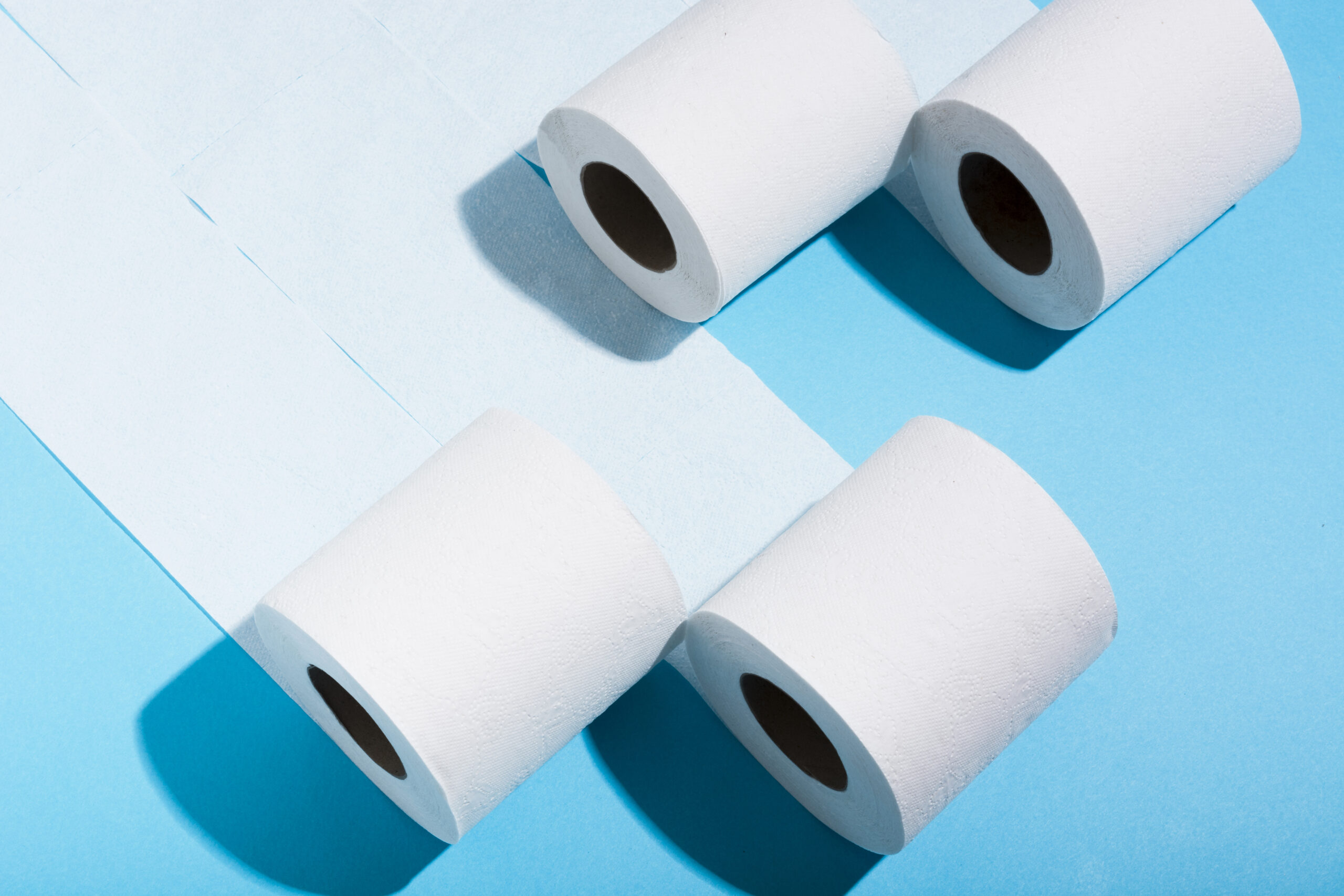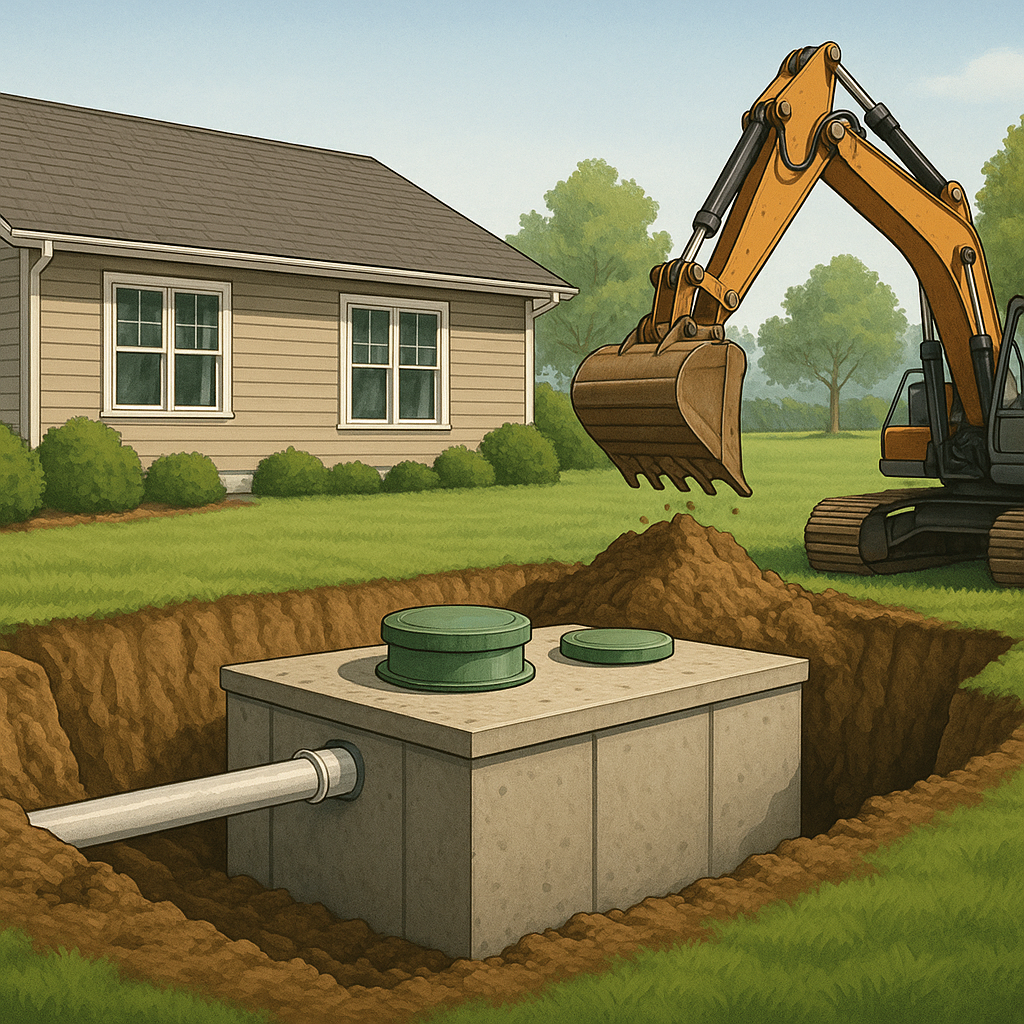Charmin is a household name when it comes to bathroom tissue, known for its softness, strength, and its iconic bear mascots. But beyond the cute commercials and plush texture, many consumers find themselves asking: where is Charmin toilet paper made? Understanding where and how your everyday essentials are manufactured can shed light on quality, sustainability practices, and supply chain reliability.
In this article, we’ll take a deep dive into the origins of Charmin toilet paper, its manufacturing facilities, sourcing practices, and what makes it stand out in the ultra-competitive toilet paper industry. Whether you’re a conscious consumer or just curious about the brand behind your bathroom staple, we’ve got you covered with all the facts.
Who Owns Charmin?
Charmin is owned by Procter & Gamble (P&G), a multinational corporation headquartered in Cincinnati, Ohio. P&G is a powerhouse in the personal care and household goods industry, also owning brands like Tide, Bounty, and Pampers. Charmin was originally introduced in the 1920s and has grown into one of the most recognized and trusted names in toilet paper across North America.
Where Is Charmin Toilet Paper Made?
Primary Manufacturing Locations in the United States
Charmin toilet paper is primarily made in the United States. P&G operates several large-scale paper manufacturing plants, with key Charmin production centers located in:
- Mehoopany, Pennsylvania
- Albany, Georgia
- Box Elder, Utah
These state-of-the-art facilities are strategically located to serve different regions of the country efficiently and reduce transportation times.
Secondary Facilities and Global Operations
While Charmin is mostly produced domestically for the U.S. and Canadian markets, Procter & Gamble has other paper production facilities around the globe. However, for North American consumers, the product almost always comes from U.S.-based plants.
Why U.S.-Based Manufacturing Matters
Quality Control and Standards
One of the advantages of domestic manufacturing is rigorous quality control. Charmin toilet paper is made under strict standards that ensure consistency in softness, strength, and hygiene. The proximity of the manufacturing plants also allows P&G to rapidly adjust to market demands or supply chain issues.
Economic Impact
Charmin’s U.S. plants contribute significantly to local economies by creating thousands of jobs. These include plant operators, engineers, logistics coordinators, and quality assurance specialists, among others.
What Materials Are Used in Charmin Toilet Paper?
Virgin Pulp and Sourcing
Charmin uses virgin wood pulp, primarily sourced from responsibly managed forests in North America. The company emphasizes sustainable forestry practices and has certifications to back its claims. Virgin pulp is used to ensure the high softness and durability that Charmin is known for.
Not Made from Recycled Paper
Unlike some eco-brands, Charmin does not use recycled paper in its products. This decision supports the brand’s quality promise but has also sparked conversations about sustainability in the paper goods industry.
How Is Charmin Toilet Paper Made?
The production of Charmin involves several key steps:
- Pulping – Wood chips are broken down into fibers.
- Bleaching – The pulp is whitened using chlorine-free methods.
- Pressing & Drying – The pulp is pressed into thin sheets and dried.
- Texturing – Embossing adds texture for both strength and softness.
- Cutting & Rolling – The sheets are cut and rolled into standard-sized toilet paper rolls.
- Packaging – The final product is wrapped and boxed for distribution.
Every step of this process is monitored with high-tech systems to ensure quality and efficiency.
Environmental Considerations
Sustainability Initiatives
Procter & Gamble has made public commitments to improving the environmental impact of its paper products. These include:
- Reducing greenhouse gas emissions at manufacturing sites
- Partnering with organizations focused on forest conservation
- Enhancing energy and water efficiency at production plants
Criticisms and Responses
While Charmin continues to make efforts toward sustainability, it has faced criticism for not using recycled materials. The brand defends its position by pointing to the softness and performance standards that recycled fibers can’t consistently meet. However, the discussion highlights the importance of balancing comfort with conservation.
Charmin and the Supply Chain
COVID-19 and Stock Shortages
During the early stages of the COVID-19 pandemic, Charmin became a household headline as toilet paper shelves emptied across the country. The surge in demand revealed just how tightly stretched supply chains can become when production is tied to specific geographic locations—even if they’re domestic.
Recovery and Scalability
P&G responded by increasing production shifts and scaling logistics. Having multiple U.S.-based facilities gave Charmin a strategic advantage in ramping up output to meet national demand more quickly than brands reliant on overseas manufacturing.
Charmin Products Made in the USA
Charmin offers several types of toilet paper, all of which are produced in the United States. These include:
- Charmin Ultra Soft
- Charmin Ultra Strong
- Charmin Essentials
- Charmin Sensitive
Each variation undergoes the same manufacturing and quality control processes, with only slight differences in fiber blend and embossing patterns.
Global Availability and Export
Though Charmin is primarily sold in the United States and Canada, some regions across the globe also import it. However, local market preferences and price points mean it may not be widely stocked outside North America. That said, U.S.-made Charmin sometimes finds its way to military bases, international airports, and global e-commerce platforms.
How to Know If Your Charmin Is Made in the USA
If you want to confirm whether your Charmin product was made in the U.S., check the packaging for:
- A “Made in USA” label
- Manufacturing plant codes (can often be traced to Mehoopany, PA or Albany, GA)
- Distribution information that indicates U.S. logistics hubs
Most Charmin products available in major U.S. retail stores originate from one of its American manufacturing facilities.
Final Thoughts: Where Is Charmin Toilet Paper Made?
The answer to the question where is Charmin toilet paper made is clear: right here in the United States. With major plants in Pennsylvania, Georgia, and Utah, Charmin maintains a strong domestic manufacturing footprint that supports both quality assurance and supply chain stability. While debates around recycled content and sustainability continue, there’s no denying the brand’s commitment to comfort, consistency, and U.S.-based jobs.




